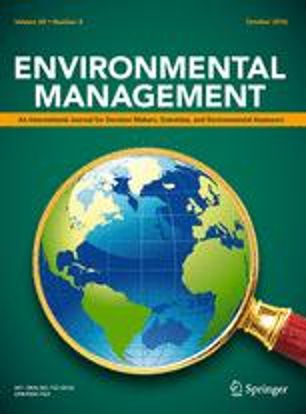This paper provides a review of the existing literature on the significance of mopane wood and non-wood products to rural people's livelihoods, especially those in northern South Africa, southern Zimbabwe and eastern Botswana. Most rural dwellers in mopane areas are poor and therefore make wide use of mopane products for subsistence and commercial purposes. Mopane wood is primarily used for firewood, while the poles are used for the construction of traditional structures. A household of 7 to 8 people uses on average 7.8 kg of mopane firewood for cooking one meal per day, or 2.8 tonnes per year, while a mean volume of 1.22 m3 to 1.86 m3 of poles is required for the construction of a traditional hut. Villagers also harvest the larvae of the moth Imbrasia belina (mopane worms) in order to supplement their diet. Dry mopane worms are nutritious, containing protein levels of up to 65% and an energy concentration of 543 Kcal/100g. Mopane worms are also traded to generate income and its trade provides a good economic return. This paper shows that the consumption of and trade in mopane products contribute significantly to rural people's livelihoods. One challenge is that information on the importance of mopane products in sustaining rural people's livelihoods is limited, old and scanty, hence the value of this review. To address the problem, this paper aims to contribute to a better understanding of the value of mopane products to rural people's wellbeing, and also stimulate the need to sustainably manage mopane into the future.
DOI:
https://doi.org/10.1080/0035919X.2014.922512
Score Altmetric:
Dimensions Nombre de citations:



















